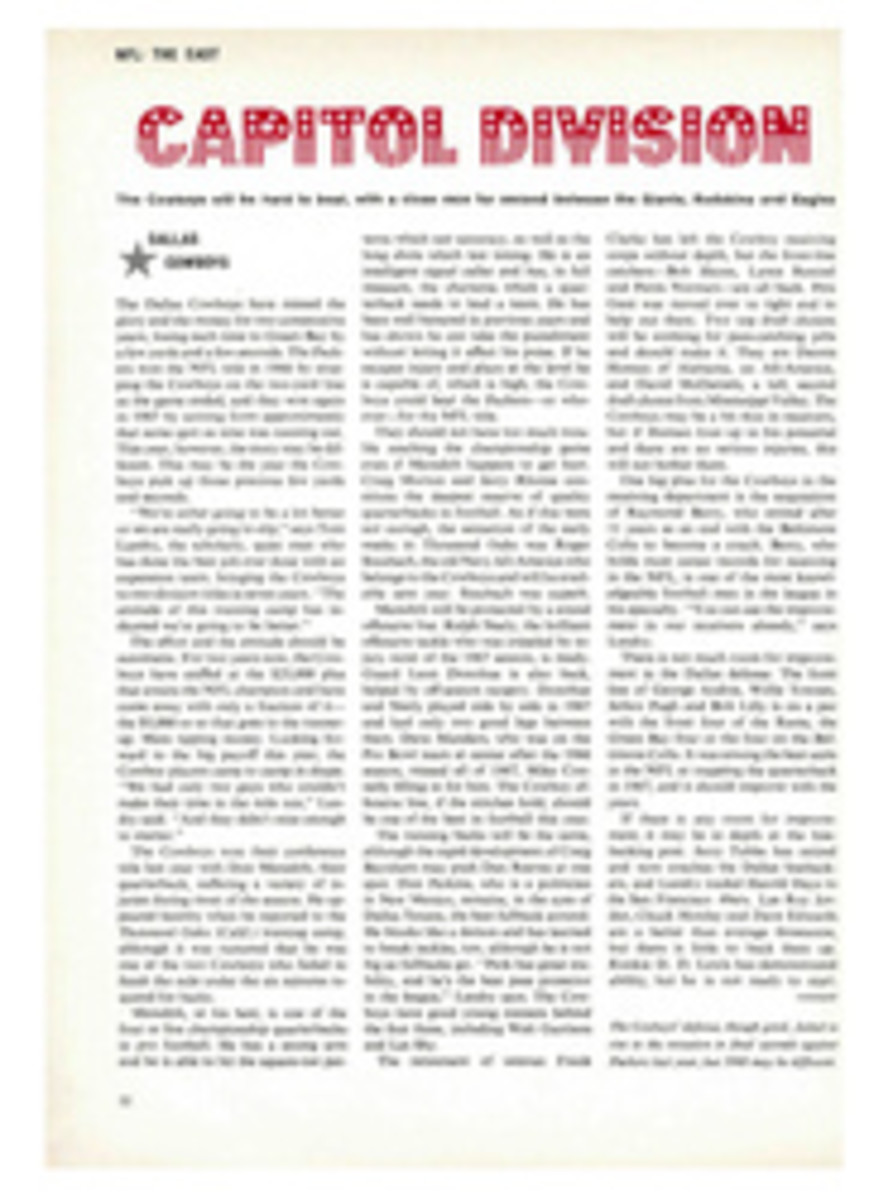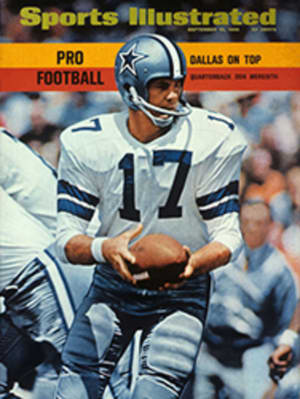
The Log of a Quaint Canoeist
A major pioneer of canoeing for sport was a romantic Scot named John Macgregor. Before his time (roughly a hundred years ago), the canoe was a craft for Indians, Eskimos and explorers of the world's wildernesses. In canoes of his own design Macgregor made remarkable journeys and wrote quaintly boastful books about them. The books caught on with sportsmen on both sides of the Atlantic and started a vogue for pleasure canoeing, races and all, that has lasted to this day.
Macgregor's canoes were always named Rob Roy, after Rob Roy Macgregor, the Scottish hero-outlaw, with whom he had a strong affinity, gentle and religious though he was. (John Macgregor's way of taking from the rich to help the poor was to work in philanthropic organizations.)
In 1865 Macgregor launched his first canoe, which he had built to his own design. It was essentially a kayak with covered decks and made of oak faced with cedar. Fifteen feet long, it was 28 inches across and nine inches deep—just big enough for this 168-pound sportsman to squeeze into. It weighed 80 pounds and was equipped with a bamboo mast (which could be used as a fishing pole) and a bright blue sail. Macgregor spent five months cruising around Western Europe, down the major rivers (the Rhine, the Danube, the Seine) and through the Swiss lakes. The next year he published a delightful book about his experiences, A Thousand Miles in the Rob Roy Canoe on the Rivers and Lakes of Europe. Among sportsmen it became perhaps the most talked of book of the year. Until then the canoe had been something exotic, like a wigwam; but now it seemed within anyone's reach, and canoe clubs sprang up in cities like London and New York.
He took a second trip, through Scandinavia, and then in 1868 he loaded a new and lighter form of the Rob Roy on a steamer and set off for the Suez Canal and the remoter parts of the Holy Land. Here, as he boasted in his book The Rob Roy on the Jordan, for six months he took the "smallest boat ever seen in the East" and saw sights "entirely inaccessible except in canoe."
He started his trip by floating down the newly opened canal. At night he pulled the Rob Roy up on the bank, first searching about to make sure there were no murderers lurking near (the area had a bad reputation), after which he made a sparse supper of bouillon, bread and wine. His canoe had been built to fit around his reclining form so that he could sleep in it. He removed a section of the deck to give his knees room, stretched out under a netting and read himself to sleep with a copy of the London Times.
From the Suez he crossed by train to Cairo; then on up the Nile. His average rate of paddling was only 4 mph. The canoe, sometimes, had to be lugged on or behind a horse.
After his Egyptian explorations, Macgregor moved on to Lebanon.
In the mountains of Lebanon he launched his craft in the River Abana, which started off rather like a Scottish trout brook. This he got down safely, though he discovered that his canoe had been better designed for sleeping than for running rapids. In Damascus people warned him not to try to go any further down the Abana. Beyond, down the river, lay "an impenetrable morass full of whirlpools which sucked people down, and hyenas, panthers and wild boars which ate people up."
This was just what Macgregor had come for. He wanted to go, in his impossibly fragile craft, where no one else had dared venture. He set off down the Abana, the first part of which he found agreeably scenic. Then he reached the great marshes and morasses where the ancient river came to a clogged stop.
He was about to explore an area quite closed to any other existing craft. The 20-foot reeds of the marsh closed over his head. Letting himself drift along with the sluggish current, poling and pushing his way through the thick reeds, he came to the absolute end of the river. When he stuck his pole down, the mud did not even stir. The famous "whirlpools" that were said to drag men down were bottomless still holes in the muck. Nothing seemed to move. Macgregor rested and ate a sumptuous lunch, all the while meditating on his unique position of being where absolutely nothing was happening.
Somehow, with the help of calico strips he had tied to the reeds, he found his way out again and continued his exploration of the nearby morasses—there were quite a few, all of them uncharted—always trying to keep safely inside his canoe.
After exploring the soggy marshes of the Abana River, he had his canoe carried over more mountains and then set off to follow the Jordan River to its mouth. He was working out a new and elegant way of steering around a serpentine bend when an astonished Arab popped up from the reeds and ran off to summon his fellows.
Soon at every loop of the river stood crowds of shouting Arabs heaving clods of mud at him as he swept past. Some leaped into the river and swam after him. Macgregor whacked his paddle on the water, splashing the nearest swimmers, then pulling away in the confusion. One strong swimmer managed to get the canoe tucked under his arm, but Macgregor pried him off with his paddle and floated on.
When the swimmers failed to stop this alarming intruder, the local people brought out their gunmen, one of whom posted himself in a good position at a bend of the river, with his rifle cocked. The crowd fell silent. Macgregor considered what to do. The gunman was less than 20 feet away. Escape was impossible; to show fear fatal. "The clear round black of the muzzle end followed me covering as I passed. I stared right at the man's eyes, and gave one powerful stroke; at the same moment he fired—fiz, bang! and a splash of the bullet in the water behind me. I stopped and said, 'Not fair to use a gun.' " Later on, a native pleased him by protesting, "Not fair to use a paddle!"
Canoemanship had saved him for the moment, but only for a moment. Soon the water was swarming with would-be captors, one of whom at last succeeded in getting a firm grasp of the canoe's bow. Macgregor turned to the crowd, using his few words of Arabic to express his profound international friendship, all the while affectionately patting the heads of the swimmers clustering around the canoe. He refused to get out of the canoe, so the Arabs picked him up, canoe and all, and carried him to the tent of their sheik. Macgregor insisted he and the canoe be honored by a place inside the tent; and not until this was done did he consent to stir. The boat procession and the unshakable dignity of the Scotsman as he was borne aloft struck the crowd as funny, and their anger and fear diminished.
Macgregor tricked the sheik into tasting some English salt (by desert law, two persons having shared salt were sealed in friendship). To further seal the matter, a feast was held, the sheik offering a delicious couscous, Macgregor taking out of his store a roast chicken, tea and almonds and raisins, white bread and rice pudding.
Macgregor was allowed to go on with his journey, though there were still many dangers to come. Many of the Arabs would not accept him and considered his canoe a good rifle target. Macgregor once disposed of a bothersome rifle barrel trained at him from a few feet away by pushing it aside with his handy paddle.
He safely completed his tour of the Holy Land, meditating on the meaning of the ancient sites and complaining about the haste with which American tourists swept through the old cities. This was the last of his great canoe trips, but it was only the beginning of sport canoeing. By 1871 New York had its own canoe club, some of whose members went in for lonely voyagings in the American wilderness. Other disciples, however, worked on the Rob Roy design to improve it for open-water sailing; these swift sailing canoes eventually became extremely popular for racing, particularly in the 1890s. But for Macgregor the point of canoeing was not speed or competition (he would think that emphasis terribly American). A canoe was simply a way for a man to be more himself, and to travel where otherwise only his imagination could go.

